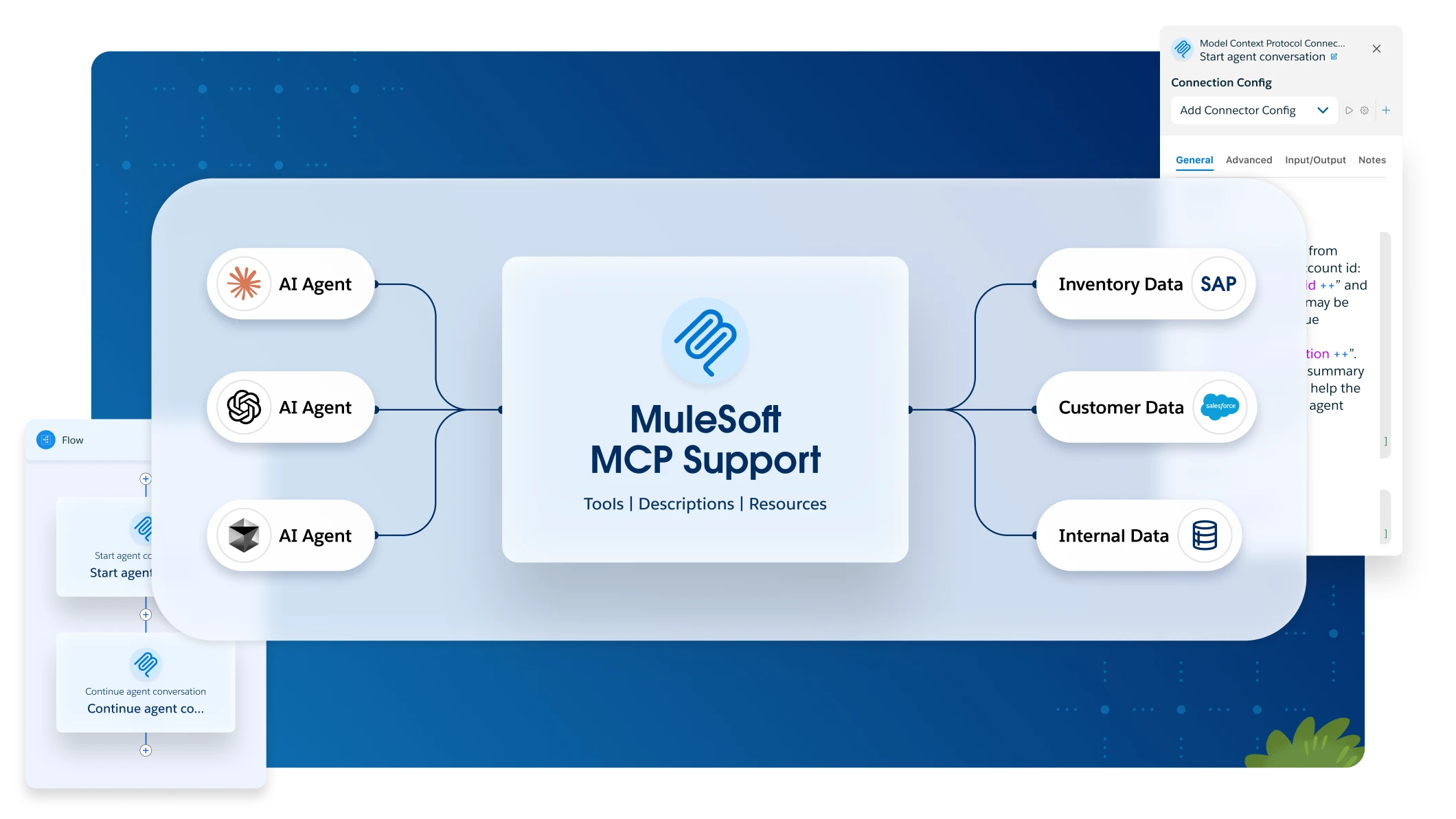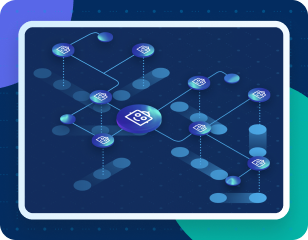import javax.annotation.PostConstruct;
@Connector(name = "myconnector")
public class MyConnector {
...
@PostConstruct
public void anyMethodName() {
// your code here
}
...Integrating Connectors with the Mule Lifecycle
| This practice is not recommended. Refer to Implementing Connection Management for a more robust approach. |
It is possible to make connectors fully aware of Mule’s lifecycle and trigger specific methods during the Mule Initialize, Start, Stop and Dispose phases with the available annotations.
If a method is annotated with one of these annotations it will be invoked during the associated Mule lifecycle phase, as described below.
Restrictions
-
The lifecycle annotations cannot be applied to:
-
static methods
-
non-public methods
-
methods that take arguments
-
methods that do not return void
-
-
Each of the lifecycle annotations can be applied at most once in a
@Connectorclass.
Initialize Phase: @PostConstruct
To invoke a method during the Initialize phase, apply the @PostConstruct annotation.
Start Phase: @Start
To invoke a method during the Start phase, apply the @Start annotation.
import org.mule.api.annotations.Module;
import org.mule.api.annotations.lifecycle.Start;
@Module(name = "myconnector")
public class MyConnector {
...
@Start
public void anyMethodName() {
// your code here
}
...Stop Phase: @Stop
To invoke a method during the Stop phase, apply the @Stop annotation.
import org.mule.api.annotations.Module;
import org.mule.api.annotations.lifecycle.Stop;
@Module(name = "myconnector")
public class MyConnector {
...
@Stop
public void anyMethodName() {
// your code here
}
...Dispose Phase: @PreDestroy
To invoke a method during the Dispose phase, apply the @PreDestroy annotation.
import org.mule.api.annotations.Module;
import org.mule.api.annotations.lifecycle.Dispose;
@Module(name = "myconnector")
public class MyConnector {
...
@PreDestroy
public void anyMethodName() {
// your code here
}
...Example
The following code fragment is taken from the Twilio Connector. During the Start phase, an instance of the @TwilioClient class is created.
package org.mule.module.twilio;
import org.mule.api.annotations.Configurable;
import org.mule.api.annotations.Module;
import org.mule.api.annotations.Processor;
import org.mule.api.annotations.lifecycle.Start;
import org.mule.api.annotations.param.Optional;
import org.mule.api.callback.HttpCallback;
@Module(name = "twilio")
public class TwilioConnector {
/**
* The account sid to be used to connect to Twilio.
*/
@Configurable
private String accountSid;
/**
* The authentication token to be used to connect to Twilio
*/
@Configurable
private String authToken;
private TwilioClient twilioClient;
@Start
public void createTwilioClient() {
twilioClient = new TwilioClient(accountSid, authToken);
}Integration with the Mule lifecycle is also used in the Rest Jersey Client sample.



